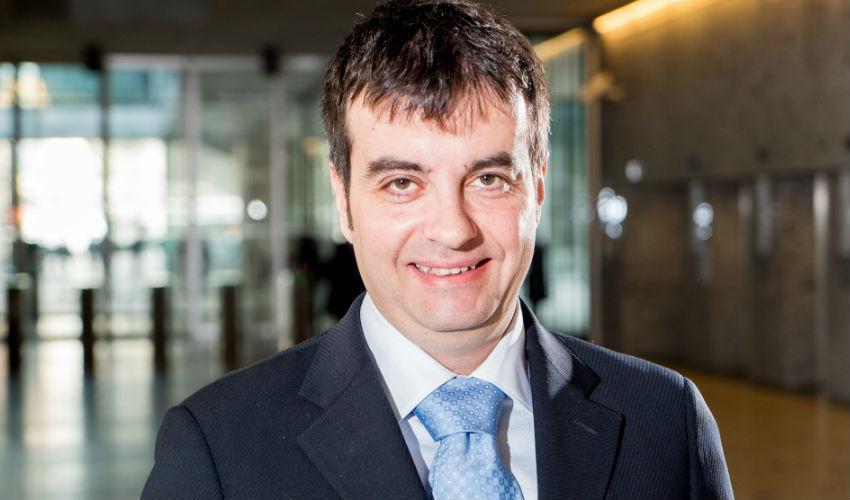
It's Better to Raise Rates Than Inflate Bubbles
A STUDY SHOWS THAT CREDIT CYCLES GENERATE INVESTMENT CYCLES DUE TO IRRATIONAL EXPECTATIONS. THUS CENTRAL BANKS SHOULD NOT TAKE A LAISSEZFAIRE STANCE THAT ACCOMMODATES BUBBLES BECAUSE SHORTTERM BENEFITS ARE LOWER THAN MEDIUMTERM COSTSby Stefano Rossi, Bocconi Department of Finance
Translated by Alex Foti
The expansion of credit markets in 2006-2007 and the subsequent financial crisis has renewed the interest of economists and policymakers to understand the connection between financial cycles and the business cycle. Credit expansions are predictors pf lower economic growth, lower equity returns for banks and lower returns on corporate bonds. Minsky (1977) hypothesizes that these economic/financial cycles reflect oscillations in irrational expectations. According to this mechanism, the arrival of good news on economic fundamentals makes entrepreneurs and investors overly optimistic. In turn, excessive optimism leads to an excessive decrease in the cost of capital, inducing companies to borrow and invest in excess. The subsequent reversal of good news on fundamentals triggers systematic disillusionment among investors, and therefore the reversal of the economic/financial cycle. Bordalo et al (2018) propose a formal model of this mechanism centered on extrapolative expectations.
In a recent study by Huseyin Gulen (Purdue), Mihai Ion (Arizona) and myself, we propose a systematic empirical evaluation of Minsky's hypothesis and of the connection between expectations, credit, and investment. In the first part we show that the aggregated cycles in the credit market reflect cycles of expectations. The more the financial analysts revise upward their expectations of economic fundamentals, the more credit expands and its average quality deteriorates. Consistent with the Minsky hypothesis, analysts’ optimism reduces the cost of capital, and credit expands through excessive issuing of junk bonds. Later, we show that credit booms are followed by a systematic downward revision in analysts’ expectations, especially 3-4 years after the boom. Thus, credit expansions are followed by initial optimism and subsequent systematic disillusionment, consistent with the Minsky hypothesis.
In the second part, we show that at the level of individual companies, credit cycles generate investment cycles. An increase in credit market sentiment’s standard deviation in year t generates an increase in corporate investment equal to 5.1% in year t+1, both in terms of investment in physical capital and intangible assets, especially for financially weak companies. Subsequently, the investment is reduced in years t+4 and t+5, for all companies and not only weak ones. Thus, credit cycles generate investment cycles.
In the third and last part, we close the circle and link investment cycles to expectations. We find that company analysts who are more optimistic are also those that: increase investment most at year t+1; reduce it most in years t+3 and t+4; and are also those for which analysts make the largest systematic errors in expectations. These results are consistent with a Q-theory model of financial investment, augmented by irrational extrapolative expectations (Bordalo et al., 2018) to model the Minsky hypothesis.
These results imply that in the presence of bubbles in credit market, central banks should avoid laissez-faire accommodation and instead take a leaning-against-the-wind stance, i.e. raise interest rates to curb the surge in prices. In fact, the short-term benefits of a laissez-faire monetary policy, increase in investment by financially weak companies, are lower than the medium-to-long term costs, i.e. the subsequent drop in investment for all companies in all industries.
